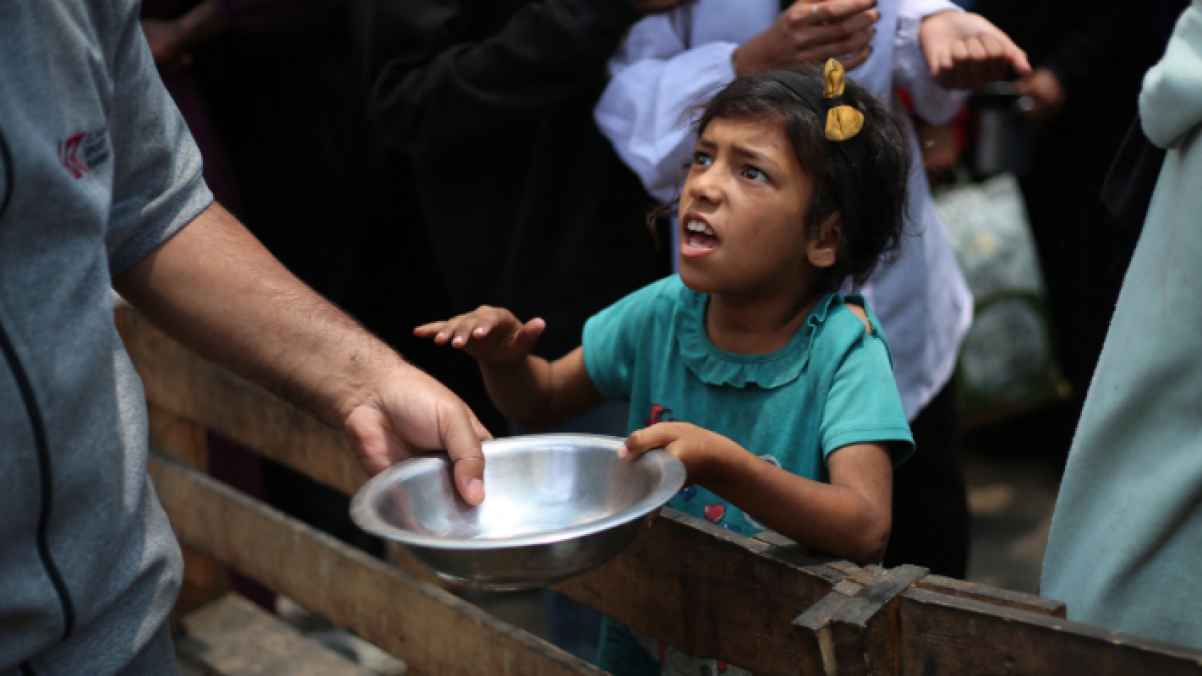Empty Pots and Hopes Burdened by War... This Is How Gaza Welcomes Eid – Photos

Eid al-Adha pproaches with Blooming Steps, Bringing Joy in Its Fold and Knocking on the Doors of Cities with Decorations and Wishes, as Children's Laughter Fills the Streets and the Scent of Maamoul Wafts Through the Windows.
In other cities, mothers line up at shops to pick out Eid dresses, fathers fill their bags with delicacies, and hearts prepare for a long-awaited seasonal joy.
But in Gaza… Eid does not knock on doors. It is the missiles that do.
In the grieving city, the laughter of a child craving a toy is silenced by the sobs of a mother hiding her tears from a little one asking, “Will we eat today?”
Queues of Pain
The queues stretching in Gaza are not in front of candy shops, but at food distribution points—where these resilient souls carry empty pots not for celebration, but simply to quiet the cries of their stomachs.
There’s no rush for sugar or sweets—only lines of anguish waiting for bread, water, and aid.
In Gaza, hunger is the master of the scene, dominating both time and place. It creeps through the streets, slips into every home, and weighs heavily on children's chests like an unwelcome guest that never leaves.
Hunger here is not just the absence of food—but a harsh, daily presence of loss and a wound to human dignity.
Gaza’s children no longer know what Eid looks like. New clothes are a postponed dream. Toys, a luxury with no place in a time of rubble.
Yet, mothers craft hope from broken stories, grandmothers wrap tales around fires of patience, and hearts bake a strength that refuses to shatter.
While the world dresses in joy, Gaza stands tall amid the rubble, sending its prayers to the sky:“We are okay… as long as we have enough life in us to say Alhamdulillah.”
The world prepares for Eid. Gaza prepares to survive.The world wears its finest. Gaza wears its wounds.But Gaza, despite hunger and bombing, keeps pulsing with hope,for it is a city that does not die—even if everything around it does.
